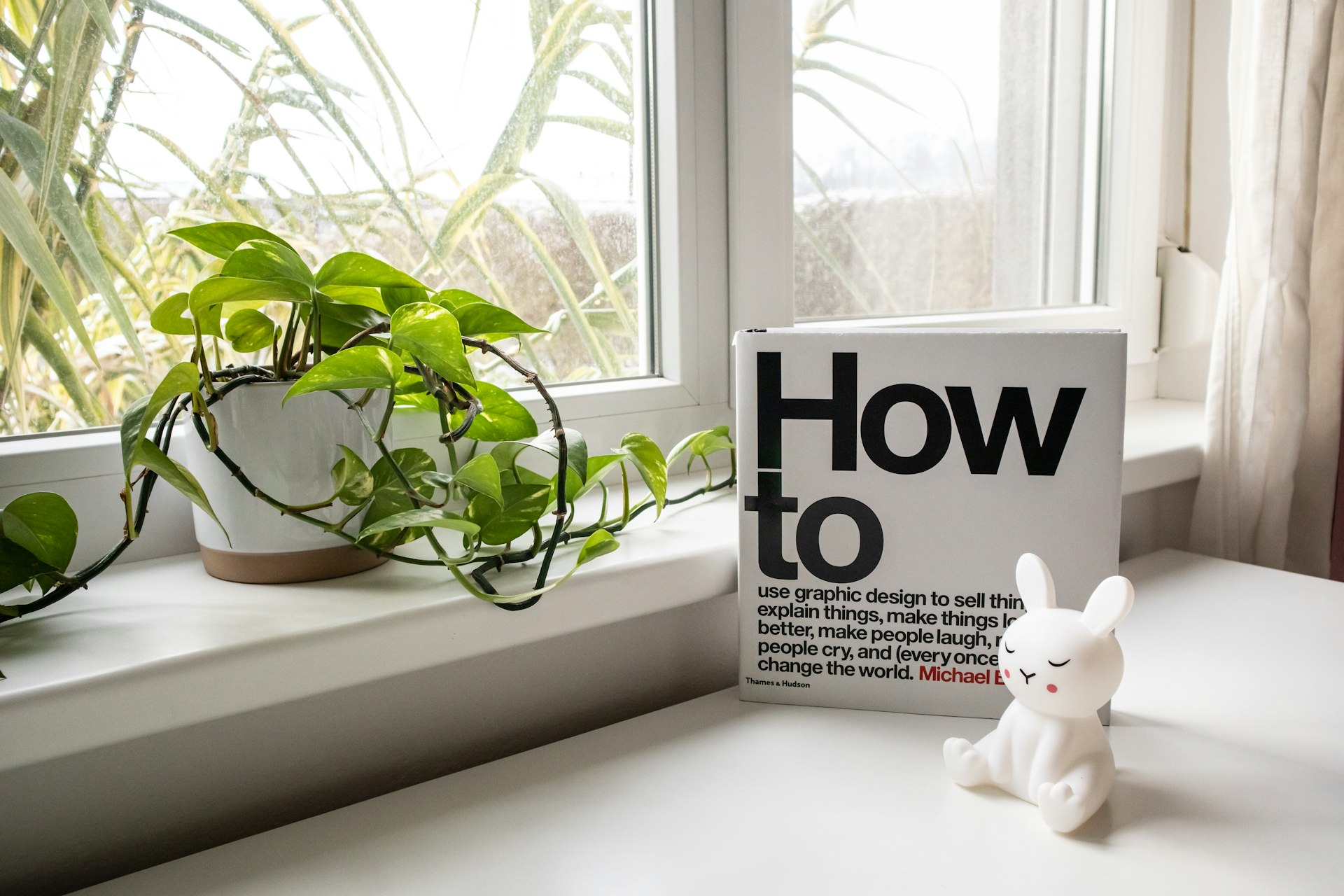Transform Waste Into Wonder: Creative Projects for a Zero-Waste Lifestyle

Photo by Aedrian Salazar on Unsplash
Introduction: Reimagining Waste as Opportunity
As environmental awareness grows, more people are seeking hands-on approaches to reduce waste and foster sustainability at home. Zero-waste craft projects offer a creative outlet that turns discarded materials into useful, beautiful, and meaningful objects. These projects not only help divert waste from landfills but also encourage resourcefulness, support environmental education, and inspire communities to rethink consumption habits.

Photo by Irewolede on Unsplash
Understanding Zero-Waste Crafting
Zero-waste crafting is the practice of using materials that would otherwise be thrown away to create new, functional, or decorative items. The goal is to minimize or eliminate waste throughout the crafting process. This approach extends the life cycle of everyday objects-like glass jars, fabric scraps, or plastic bottles-by repurposing them into something entirely new. Through zero-waste crafting, individuals can make a positive environmental impact while enjoying the satisfaction of DIY projects [1] .
Popular Zero-Waste Craft Projects
1. DIY Glass Jar Lanterns
Old glass jars can be easily transformed into atmospheric lanterns. To create your own, clean out used jars and decorate them with jute string, pressed leaves, or eco-friendly paints. Place a tea light inside for a cozy glow. These lanterns are perfect for patios, outdoor parties, or as thoughtful gifts. The process is simple and requires minimal materials, making it an accessible project for all skill levels [1] .
2. T-Shirt Yarn Rugs
Worn-out t-shirts can be cut into strips and braided to make soft, washable rugs. Start by cutting the shirts into uniform strips, then braid them together. Coil the braid tightly, stitching or gluing as you go, until you reach the desired rug size. This project not only keeps textiles out of landfills but also results in a practical, durable addition to your home [1] .
3. Plastic Bottle Planters
Instead of discarding plastic bottles, cut them into halves or sections to create planters for herbs and microgreens. Decorate the containers with paint or markers, punch holes for drainage, and fill with soil and seeds. Hanging these planters in windows or outdoor areas adds greenery to your space while reducing plastic waste [1] .
4. Newspaper Seed Starters
Old newspapers can be folded into small pots for starting seeds. Once the seedlings are ready to plant, the entire pot can be placed in the soil, where it will biodegrade. This eliminates the need for plastic seed trays and supports healthy plant growth [1] .
5. Upcycled Fabric Collages
Gather old clothes or fabric scraps and cut them into shapes for collages. Arrange these on cardboard or canvas, using glue or fabric adhesive. This method is ideal for teaching children about upcycling and allows for endless creativity. Fabric collages can be displayed as art or given as personalized gifts [2] .
6. Cork Board Organizers
Wine corks can be collected and glued onto a sturdy board to make unique memo boards or organizers. This not only recycles cork but also offers a stylish solution for keeping notes, reminders, or jewelry [1] .
7. Reusable Cloth Napkins and Pads
Scrap fabric can be sewn into reusable napkins or makeup remover pads, replacing single-use paper products. These items are easy to wash and last for years. Beginners can find step-by-step tutorials on blogs and video platforms, and can experiment with different fabrics for unique results [4] .
Step-by-Step Guidance for Getting Started
To begin your zero-waste crafting journey, follow these steps:
- Collect Materials: Save jars, bottles, fabric scraps, corks, and newspapers from your household waste stream. Organize them by type for easy access.
- Choose a Project: Decide what you’d like to make based on your materials and needs. Consider starting with simple projects such as glass jar lanterns or fabric collages.
- Gather Tools: Most zero-waste crafts require basic tools like scissors, glue, sewing kits, or paints. Make sure you have what’s needed before starting.
- Follow Instructions: Look for detailed tutorials from reputable crafting blogs or environmental organizations. For example, the Net Zero India site features easy-to-follow instructions for glass jar lanterns and more [1] .
- Experiment and Personalize: Don’t be afraid to adapt projects to suit your taste or available materials. Each creation is unique and reflects your commitment to sustainability.
Benefits of Zero-Waste Craft Projects
Engaging in zero-waste crafting provides multiple benefits:
- Environmental Impact: Reduces landfill waste and conserves resources by extending the life of materials [2] .
- Cost Savings: Uses readily available materials, minimizing the need to purchase new supplies.
- Skill Development: Enhances creativity, problem-solving, and practical skills like sewing, gluing, and painting.
- Educational Value: Offers a hands-on way to teach children and adults about sustainability and resourcefulness [2] .
- Community Building: Can foster local craft groups, swap events, or charity drives featuring upcycled goods.
Common Challenges and Solutions
While zero-waste crafting is rewarding, newcomers may face obstacles such as limited material variety, skill gaps, or time constraints. To address these:
- Material Sourcing: Partner with neighbors, friends, or local businesses to collect a wider range of materials.
- Learning Curve: Start with simple projects and gradually try more complex techniques as your confidence grows. Many reputable blogs and YouTube channels provide free video tutorials for beginners [4] .
- Time Management: Set aside dedicated time for crafting to avoid feeling rushed. Consider involving family members to share the workload and fun.
Alternative Approaches and Advanced Projects
As your skills develop, explore advanced zero-waste crafts such as bottle cap mosaic art, denim storage baskets, pallet wood organizers, or making natural dyes from food scraps. For those interested in sewing or crochet, upcycling fabric into quilts or baskets offers both utility and artistic satisfaction [3] .
If you need inspiration or instructions, search for terms like “upcycled crafts,” “DIY zero-waste projects,” or “eco-friendly home décor” on reputable crafting sites, environmental organization blogs, or established DIY platforms. Avoid relying on unverified sources or unfamiliar websites.
How to Access More Resources and Support
If you are searching for additional guidance or community support, consider these options:
- Join local or online crafting groups dedicated to sustainability and upcycling.
- Search for workshops or classes offered by environmental organizations, community centers, or makerspaces in your area.
- Visit official websites of well-known environmental advocacy groups for project ideas and educational resources. Examples include the World Wildlife Fund and Greenpeace . These organizations often share tips for sustainable living and creative reuse projects.
- If you need to find local recycling or donation centers for surplus materials, search for “community recycling center [your city]” or visit your city government’s official website for accurate listings.
Summary: Taking Action for a Greener Home
Zero-waste craft projects empower individuals and families to address environmental concerns while cultivating creativity and practical skills. By reimagining household waste as a resource, you can create lasting, meaningful items and inspire positive change. Start small, involve others, and explore the growing community of zero-waste crafters to make a tangible difference-one project at a time.
References
- [1] Net Zero India (2025). Stunning Zero-Waste Crafts for a Greener Home.
- [2] Pure Evergreen (2025). Zero-Waste Crafting: How to Create Art with Recycled Materials.
- [3] Happiest Camper (2019). 40+ Easy Zero Waste Projects for the Home.
- [4] Greenify Me (2022). 20 Easy Zero Waste DIY Ideas + Projects.



